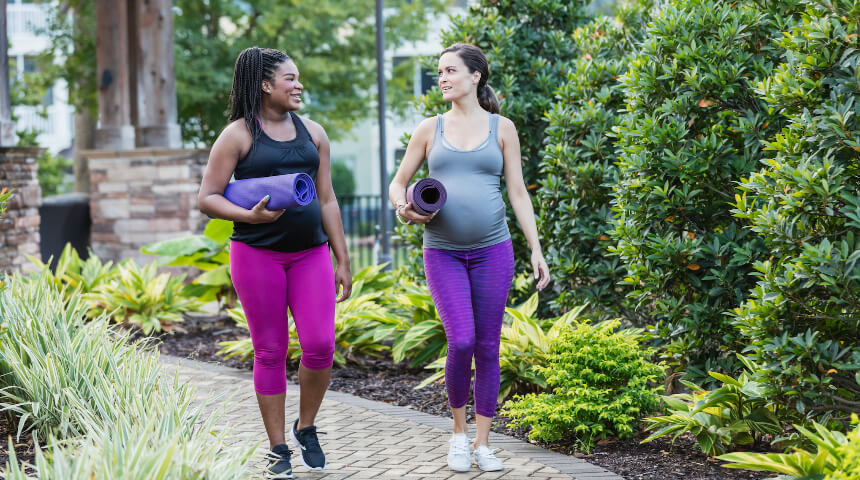For Top Performance In Your Sport, Train Year-Round
If you’ve watched professional sports on television or in person, you may marvel at how elite athletes seem to make what they do look easy. But that’s far from reality.
Pro athletes have achieved top skills in their sport through a combination of hard work, talent, stamina, a competitive drive and training — a lot of training, and not just during the competitive season.
Whether you play sports recreationally or have your sights set on becoming a pro, training year-round is essential to maintain your endurance and strength.
How Training Differs Depending on Season
Different seasons of the athletic year call for different exercise regimens and goals. Training sessions vary from athlete to athlete, depending on:
-
The sport they play
-
Their personal goals
-
Whether they’ve sustained an injury that requires rehabilitation
For amateur athletes — whether they are marathon runners or soccer players — there’s also a “season” when races and matches are scheduled.
In-season is when athletes play organized competitive matches or participate in official races or competitions. You should aim to be at peak performance during this time. To support optimal performance, a well-designed, in-season training regimen should prepare you for competition without causing fatigue.
Preventing injuries and maintaining strength, power and speed are common goals of in-season training. This typically means focusing on areas that are not getting worked on during practice or on the field.
Depending on the sport, in-season training may involve a combination of:
● Strength training
● Drills to increase agility
● Mobility training
If you’re getting ready for a competition, it’s likely you won’t have much time for lengthy, intensive workouts between skills training and actual event time. Workouts during this time should take place two to three times a week for about 30 minutes to maintain cardiac fitness, endurance and strength.
Postseason is the time immediately following a competitive season. Rest, relaxation and recovery are the primary focus postseason. If you are injured during the season, this is a good time for surgery or physical therapy. This gives you plenty of time to fully recover and rehabilitate before the next competitive season begins.
Post-season training sessions are generally short and low intensity to maintain cardiorespiratory fitness, lean body mass and muscular strength.
Off-season training is intense, and for good reason: This is the time to lay the groundwork for achieving maximum performance once competition season returns. Training during this time is essential for developing and improving skills, strength, stamina and speed.
It’s a great time to try out new sports and activities that expose you to different skills and work different muscle groups for conditioning outside of your main sport.
Off-season training regimens may focus on:
● Strength training to build muscle mass and strength
● Introducing new skills outside of the primary sport
● Improving coordination and movement patterns
● Building endurance through low-moderate intensity aerobic exercises
Depending on your age and sport, off-season training can range from two to six days a week for six to eight weeks.
Preseason training gives athletes an opportunity to prepare for the demands of the upcoming competition season. Training during this time is critical for success, and research shows that preseason training can significantly reduce the risk of injury.
During preseason, the strength gained during the off-season is converted to sport-specific movements to help athletes fine-tune their skills. Preseason training often focuses on:
● Balance exercises
● Cardiovascular training to increase fitness and endurance
● Stretching and flexibility training to help muscles and joints move through the full ranges of motion
● Speed and agility training
● Sports-specific drills to increase tactical skills
Preseason training begins six to 10 weeks before the start of the competitive season. You may train up to twice a day, six days a week as you get ready for the first races and competitions of the season.
Rest Is Key for Training and Recovery
Though it may seem counter-intuitive, rest and recovery are important parts of any successful training program. The demands of sports and training can take a toll on your physical and mental well-being.
Rest gives the body a chance to adapt and repair itself to prevent injury and fatigue. No matter the season, sport or skill level, downtime is essential for every athlete.
Choose to Stay in Touch
Sign up to receive the latest health news and trends, wellness & prevention tips, and much more from Orlando Health.
Sign Up










